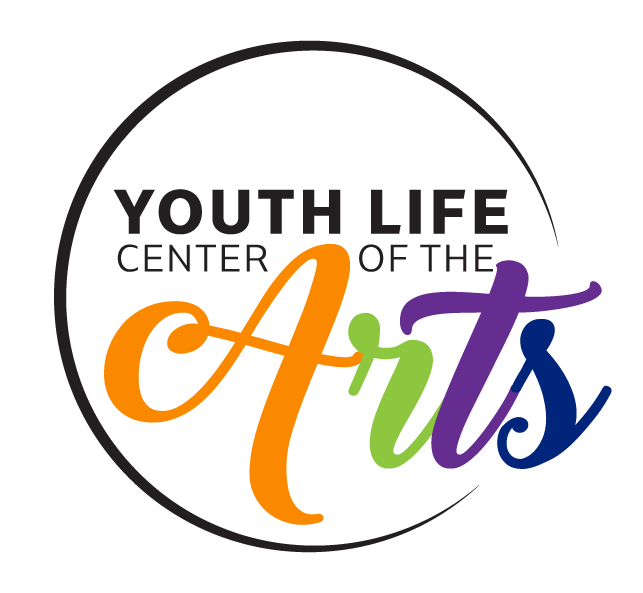Most would agree that their middle school years were “awkward” for a good reason.
Braces, puberty, and peer pressure often dredge up uncomfortable memories. So how do we classify this timeless period in our lives?
Adolescence.
Hailing from the Latin root word adolescere, meaning to “grow into maturity,” adolescence is characterized by transitional themes to a person or environment biologically, psychologically, socially, and spiritually on average between 11-19 years old.
According to the World Health Organization, “adolescents experience rapid physical, cognitive and psychosocial growth. This affects how they feel, think, make decisions, and interact with the world around them.”
Bottom line? It’s not just you. Your kids are crazy… well, sort of.
Why focus on adolescents?
Your middle schooler will likely be introduced to physical and mental health challenges, pregnancy, violence, endometriosis, injury, and more.
Adolescents establish patterns of behavior – for instance, related to diet, physical activity, substance use, and sexual activity – that can protect their health and the health of others around them or put their health at risk now and in the future.
Adolescents need help navigating these new and often intense behaviors. Their growth in these areas can occur at different rates, putting them at “higher risk for risk-taking behaviors and emerging mental health issues“.
Stages of Adolescence
There are three stages of adolescence: early (11-14), middle (15-17), and late (18-22). Youth undergo different changes at each stage and at their own unique pace.
Biological changes during these stages include hormonal, the start and completion of puberty, and possible sexual experimentation.
Psychological changes for early and middle adolescent youth entail reactions to their physical bodily changes, changes in thought processes, increased autonomy, identity development, and college or career preparation.
In the last psychological stage, 18-22-year-olds usually develop moral reasoning and operational thought as they continue carving out their identity in the world.
With social changes, 11-14year-olds desire sameness or prefer not to stand out in a crowd. Their relationships with friends and family change, and they distance themselves from traditional values. Middle adolescent youth can make better decisions in social settings, start exploring monogamous romantic relationships, and welcome community involvement. The late adolescent group members have little school or life structure (they’re approaching early adulthood, after all), continue pursuing romantic relationships, and regain interest in their cultural and traditional contexts.
What is adolescent care?
Adolescent care is critical care for children ages 10 to 15 who seek autonomy during a transitional phase of their life. This form of youth care is for those too young and too mature for traditional childcare but not quite ready to be left home alone to their own devices.
It happens outside of school when children are at a crossroads. Their lives are swinging on a pendulum and can go in any direction.
Adolescent care provides age-appropriate enrichment to challenge them as they develop socially and emotionally, becoming more aware of their unique identity. It provides an engaging platform for youth to find their voice while discovering their giftings. Without this specialized care, middle schoolers and older adolescents are often left with fellow peers to help navigate these transitional phases.
Adolescent Programming
Why are middle schoolers overlooked in program development in favor of young children and teens?
You’d think that with such significant changes happening in adolescents’ lives, resources would be widely available for their development. Nope.
One reason this occurs is that adolescence is a period known for disengagement among youth. Middle schoolers want to be with their friends after school, not in an after-school program. And because they want to explore things independently (autonomy), they’re less willing to participate in adult-supervised activities.
Younger children and teens or those further in the adolescence stage are more willing to participate and less concerned about autonomy; ergo, programming for these age groups is more frequented and widely provided.
For example, when you Google adolescent care, you’ll get academic journal articles, healthcare resources, and definitions, whereas “child care” gets you tons of early childhood providers and “activities with kids.”
Youth Life Center defines its educational offerings as programs supporting adolescents’ emotional, identity, and social development outside school hours.
Why is adolescent care essential for developing into a healthy and resilient adult?
Unlike their adult counterparts, adolescents lack the following skills to cope in the world on their own: 1) adult levels of maturity, responsibility, impulse control, and self-regulation, 2) less autonomy and susceptibility to peer pressure 3) and less capable of weighing consequences of their behavior.
Adolescent care is essential in helping adolescents develop these lifeskills to become resilient, responsible, healthy adults, capable of managing their own lives.
How does adolescent-specific programming support social, emotional, and identity development?
Adolescent-specific programming can help your youth “gain confidence, learn to set goals, make better decisions, collaborate with others in work and play, and navigate the world more effectively.”
Programs at Youth Life Center are targeted to all kids—meaning everyone who wants to participate is welcome. When youth learn at a young age and have the opportunity to interact with a diverse range of people, they become more kind, empathetic human beings and will carry this attribute with them throughout their lives.
Adolescent-specific programming supports adolescents in their development to mature, high-functioning adults.
The Youth Life Center approaches program development by
- focusing on character, confidence, and self-esteem
- helping students identify their interests and motivations, creative, technical, etc
- welcoming students as they are while enforcing boundaries and accountability
Middle school youth undergo rapid growth in a short amount of time. It’s an awkward, confusing, and sometimes infuriating period to endure. We can help ease the phases of adolescent life by offering more age-specific programming led by invested adults to shepherd their growth and ultimate development.
Seek and support adolescent care programs near you. The more we empower youth, the greater we steer their development.
———
Hutchinson, D. Elizabeth. Dimensions of Human Behavior:The Changing Life Course. Thousand Oaks, Sage Publications, 2019. Source







